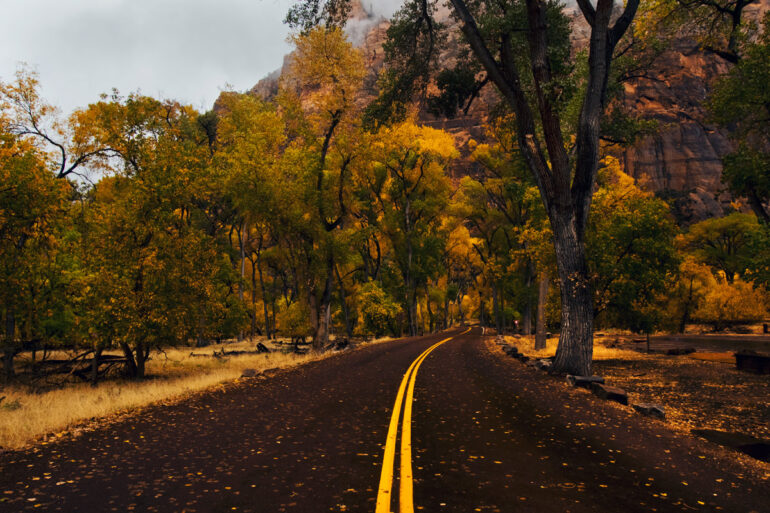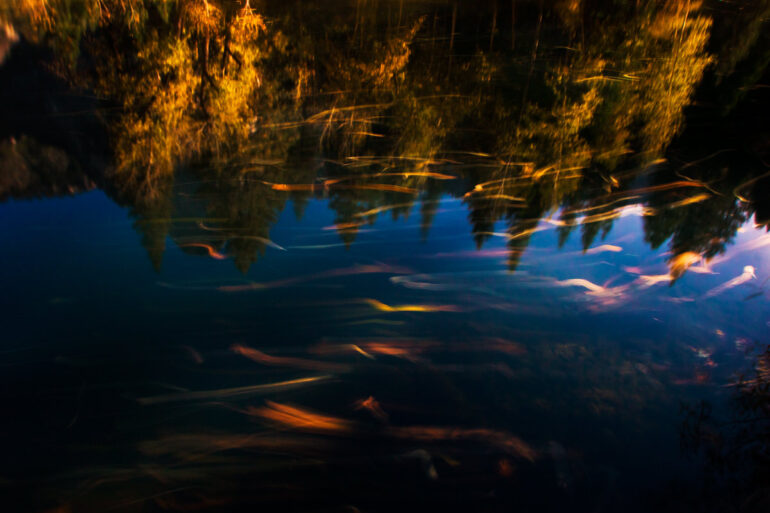We may earn a commission when you purchase through affiliate links. Learn more.
With vibrant colors exploding from the branches as green leaves turn yellow, orange, and red in the crisp autumn air, it’s no surprise that fall is the favorite season of the year for many photography lovers.
1. Go Exploring!
If you need an excuse to hop on your bike or get in the car, the lure of fall colors around every corner is a good one! In the mountains, you’ll find that vibrant colors tend to arrive earlier at higher elevations in the cooler air — a good reason to keep hiking up the trail.
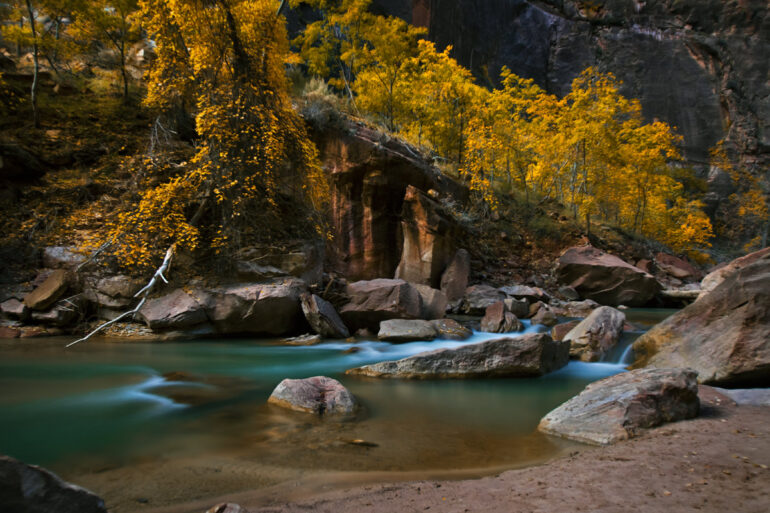
2. Spice up your Scene
Sometimes there’s nothing better than a close up of a beautiful red leaf, but you’ll often find that composing your shot so that it includes an interesting foreground and background can make for a very strong image that makes your viewer feel like they’re right there with you. Natural features like rivers, streams, and waterfalls and manmade structures like bridges, barns, and fences can really help to strengthen your photos.
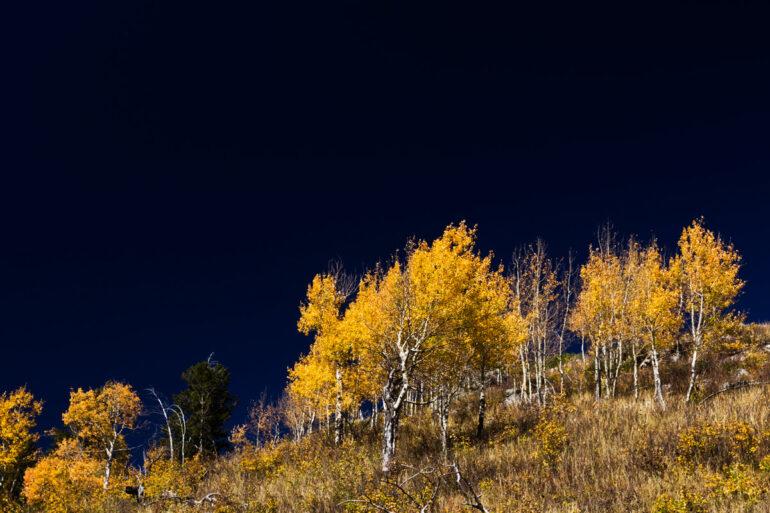
3. Pack a Polarizing Filter
Using a polarizing filter on your lens can help to improve contrast in your shot, darken the sky, improve the color saturation, and cut the glare of the sun against reflective surfaces like water or glass.
Circular polarizing filters come in different filter thread sizes, so double check what size of filter you’ll need for your lenses. You’ll need to rotate the filter on your lens until you obtain the desired effect.
4. Have Fun with Reflections
Get creative with the reflections of autumn by finding a river or lake with trees reflected in it. If the water is flowing, you might even be able to capture some unique long exposure photos of colorful fallen leaves swirling past in the current. To capture a long exposure, you’ll need to make sure you have a tripod and possibly a neutral density filter as well if the lighting conditions are bright.
5. Shoot RAW
While you can certainly take great photos of the fall colors using the JPEG format, RAW has some serious benefits and virtually every modern DSLR and mirrorless camera like the Canon T6i, Sony A7II, and Nikon D7200 offers RAW capture as an option. Even many smaller compact cameras like the Sony RX100 IV and Panasonic LUMIX DMC-ZS40 offer the ability to shoot in RAW.
When you shoot in JPEG, your camera processes the images using its own internal algorithm, but when you shoot RAW, not only can you make adjustments to basic settings like white balance, vibrance, saturation, brightness, and contrast, you can even recover details that would have been lost in the shadows and highlights of the photo. Shooting in RAW can really come in handy on an overcast fall day when a featureless sky is very easy to overexpose.
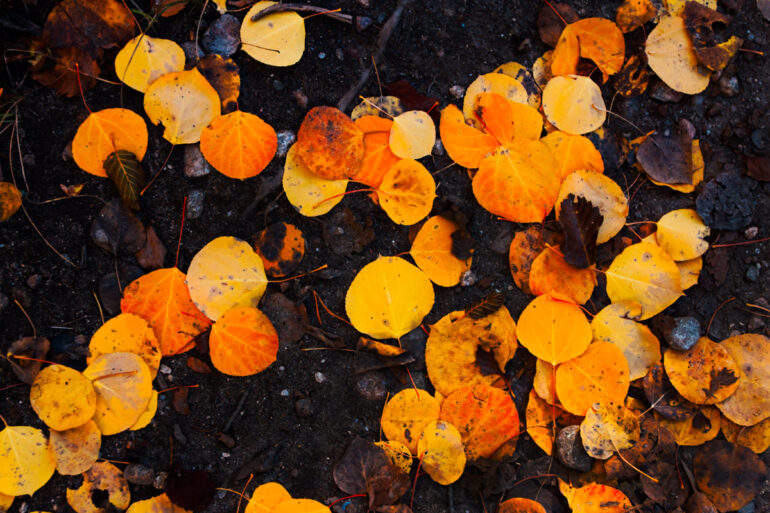
6. Play with Perspective & Experiment
It’s pretty easy to get stuck in a routine as a photographer, shooting similar shots from the same angle every time. Break the mold and exercise your creativity by changing your vantage point and looking for subjects in all directions — sometimes the beauty is in the details, and sometimes those details can be found by looking down instead of up! Experiment with your work by trying out different shutter speeds, angles, and changing the depth of field.

